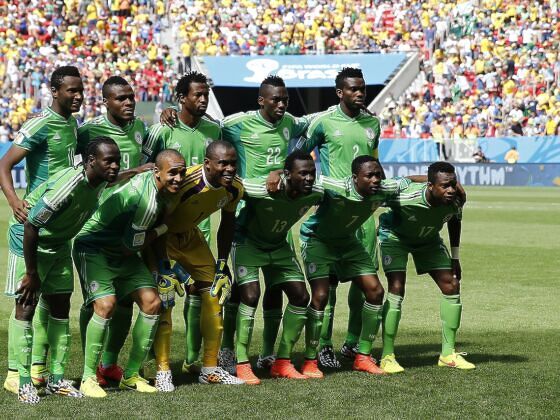AS OF THIS writing, there are two days until the starting whistle. More people than ever will be tuning in to this Cup of Nations, looking to size up the African participants of the upcoming World Cup.
Since the first tournament in 1957, in which only Egypt, Sudan, and Ethiopia competed, the CAN has expanded to include 16 teams, drawn from the 52 nations that make up Africa.
